Rossi’s Principles of Transfusion Medicine 6th Edition
Rossi’s Principles of Transfusion Medicine 6th Edition:
ROSSI’S PRINCIPLES OF TRANSFUSION MEDICINE
Transfusion Medicine impacts patients with hematologic, oncologic, and surgical conditions as well as all areas of critical care medicine and multiple areas of chronic care. This book aims to be the single best source for information related to any aspect or application of Transfusion Medicine.
Contributors for the sixth edition have once again been drawn from various scientific, medical, and surgical disciplines. Thus, this book ranges from encouraging and managing donors, to collecting and preserving the blood, to matching it to the appropriate recipient, all the way to its clinical uses. It also extends these concepts to implantable tissue and regenerative medicine. Other sample topics covered within the work include:
- Contemporary issues in donation and transfusion: patient blood management, clinical and technical aspects of blood administration, and donor and patient Hemovigilance
- Blood components and derivatives: red blood cell metabolism, preservation and oxygen delivery, blood groups, and composition of plasma
- Apheresis, transplantation, and new therapies: hematopoietic growth factors, therapeutic phlebotomy and cellular apheresis, HLA antigens, alleles, and antibodies
- How Transfusion Medicine has been affected by the coronavirus pandemic, the role of pathogen reduction and other modern trends
This book serves as a complete and comprehensive resource on Transfusion Medicine for clinicians who prescribe blood, students who expect to enter clinical practice, and for the scientists, physicians, nurses, technologists, and others who assure the quality and availability of blood services.
More Details
Rossi’s Principles of Transfusion Medicine 6th Edition:
Cover
Title Page
Copyright Page
Contents
Contributors
Preface
List of abbreviations
Section I: Transfusion medicine from ancient times to the current pandemic
Chapter 1. Transfusion in the new millennium – Ennio C. Rossi and Toby L. Simon
Chapter 2. Disaster and the blood community (including COVID-19)-Ruth Sylvester and Louis M. Katz
Chapter 3. Responding to the Regulatory Challenges during Emergencies and Epidemics- Peter Mark
Section II: Blood donation
Chapter 4 Recruitment and screening of donors and the collection of blood—Susan Rossmann, Mary Townsend and Toby L. Simon
Chapter 5 Blood donor testing—Jed B. Gorlin and Nancy Van Buren
Chapter 6 Acute adverse reactions after blood donation– Anne F. Eder
Chapter 7 Chronic effects of blood and plasma donation—Bryan Spencer and T. Simon
Chapter 8 Global perspective: ensuring blood and blood product safety and availability through regulation and certification-Eva D. Quinley
Section III: Blood groups and pretransfusion testing
Chapter 9 Carbohydrate blood groups- Laura Cooling
Chapter 10 Rh and LW blood group antigens- Connie M. Westhoff, Don L. Siegel, and Aline Floch
Chapter 11 Other protein blood groups- Jill Storry and Jennifer Ricci Hagman
Chapter 12 Molecular and routine compatibility testing–Connie Westhoff
Section IV: Blood components
Part A. Red cells
Chapter 13 Red blood cell production and kinetics—Mark J. Koury and Lionel Blanc
Chapter 14 Red cell metabolism, preservation and oxygen delivery—John Hess and Angelo D’Alessandro
Part B: Platelets
Chapter 15 Platelet production and kinetics- Christopher A. Tormey, Henry M. Rinder, and Thomas C. Binns
Chapter 16 Platelet immunology and alloimmunization- Cheryl L. Maier and Seema R. Patel and H. Clifford Sullivan
Chapter 17 Preparation, preservation, and storage of platelet concentrates- Moritz Stolla and Valery J. Li and Johnathan P. Mack
Part C: White cells
Chapter 18 Neutrophil production and kinetics: neutropenia and neutrophilia- Lawrence Rice and Eric Salazar
Chapter 19 Granulocyte collection and transfusion- Jeffrey McCullough, Corrinne Goldberg and Jenny Petkova
Part D: Plasma
Chapter 20 Composition of plasma – Peter Hellstern
Chapter 21 Plasma and cryoprecipitate for transfusion including SD plasma- Simon Stanworth and Toruma Apelseth
Chapter 22 The purification of plasma proteins for therapeutic use- Nathan Brinkman, Karl McCann, and Barry Gooch
Chapter 23 Immunoglobulins Products- Melvin Berger
Section V: Apheresis
Chapter 24 Basic principles of apheresis and the collection of blood components by apheresis- Jeffrey L. Winters and Edwin A. Burgstaler
Chapter 25 Therapeutic apheresis: Plasma processing – Patricia A.R. Brunker and Monica B. Pagano
Chapter 26 Therapeutic phlebotomy and specialized hemapheresis- Patricia Brunker and Jeffey Bailey
Section VI: Blood transfusion
Chapter 27 Patient blood management- Darrell J. Triulzi and Jansen N. Seheult and
Mark H. Yazer and Jonathan H. Waters
Chapter 28 Clinical and technical aspects of blood administration – Edward S. Lee, Debra L. Mraz, and Edward L. Snyder
Chapter 29 Anemia and RBC transfusion- Jeff Carson
Chapter 30 Sickle cell disease, thalassemia, and hereditary hemolytic anemias-Ross M. Fasano, Emily Riehm Meier and Satheesh Chonat
Chapter 31 Autoimmune hemolytic anemias and paroxysmal nocturnal hemoglobinuria-Christopher A. Tormey and Alexa J. Siddon
Chapter 32 Hemolytic disease of the fetus and newborn- Megan Delaney, Wen Lun, Jennifer Webb
Chapter 33 Obstetric transfusion practice- Roback
Chapter 34 Transfusion in Infants and Children-Jeanne E. Hendrickson and Cassandra D. Josephson
Chapter 35 Thrombocytopenia and platelet transfusion-Michael F. Murphy, Lise J Estcourt and Simon J. Stanworth
Chapter 36 Immune mediated Thombocytopenia- Theodore Warkentin, Donald Arnold, Ishac Nazi, and James W. Smith
Chapter 37 Coagulation Concentrates for Inherited Bleeding Disorders—Robert F. Sidonio and Gary M. Woods
Chapter 38 Coagulation factor concentrates and pharmacologic therapies for acquired bleeding disorders- Ravi Sarode and Natalie Bavli
Chapter 39 Perioperative transfusion practice- James R. Stubbs, Allan Klompas, and Leanne Thalji
Chapter 40 Transfusion therapy in the care of trauma and burn patients- John R. Hess, Eileen M. Bulger, Benjamin Huebner, and Samuel Mandell
Chapter 41 Transfusion support for the oncology patient- Kristin M. Stendahl, Wade L. Schulz, Edward L. Snyder
Chapter 42 Pathogen reduction of blood components- Snyder and McCullough
Section VII: Adverse sequelae of transfusion
Chapter 43 Hemovigilance: weighing transfusion risks and benefits- Scott Kopesell
Chapter 44 Transfusion transmitted virus infections-Erhard Seifried
Chapter 45 Transfusion transmission of parasites and prions – Bryan Spencer and Paula Saa
Chapter 46 Bacterial Contamination of Blood Components- Evan M. Bloch, Richard J. Benjamin and Sandra Ramirez
Chapter 47 Hemolytic transfusion reactions- Celina Montemayor Garcia and Sandhya R. Panch
Chapter 48 Febrile, allergic, and nonimmune transfusion reactions- Emmanuel A. Fadeyi and Gregory J. Pomper
Chapter 49 Transfusion-related lung injury- Ulrich Sachs and Johnathan P. Wallis
Chapter 50 Transfusion-associated graft-versus-host disease- Eric A. Gehrie and Courtney E. Lawrence
Chapter 51 Transfusion-associated iron overload- Sujit Sheth
Section VIII: Cellular and tissue transplant technologies
Chapter 52 Hematopoetic growth factors and Cytokines-David Kuter
Chapter 53 Hematopoetic stems cells and transplantation- Garrett S. Booth
Chapter 54 HLA antigens, alleles, and antibodies—Harold Clifford Sullivan, Robert A. Bray, Howard M. Gebel and Scott M. Krummey
Chapter 55 Car-T cells and other cellular immunotherapies- Don Siegel and Andrew Fesnak
Chapter 56 Gene therapy applications to transfusion medicine-Diane S. Krause, Seena Tabibi, Emanuela M. Bruscia and Eric A. Gehrie
Chapter 57 Tissue engineering and regenerative medicine-Julie G. Allickson
Chapter 58 Human Tissue Allografts: Following the Path from Donor to Recipient – Matthew J. Kuehnert and Cassandra D. Josephson
Index


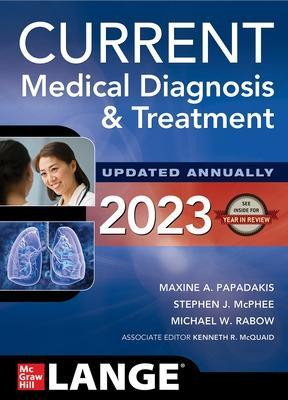
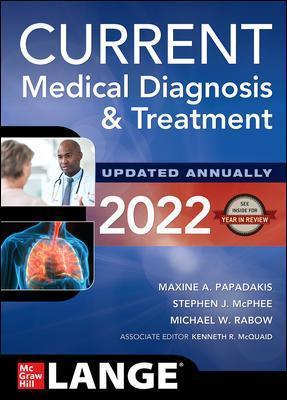
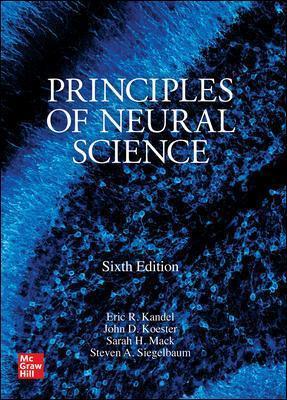





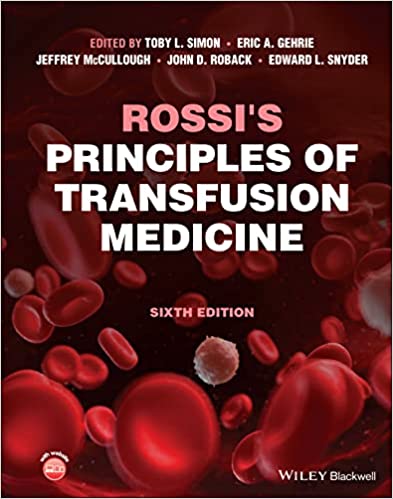
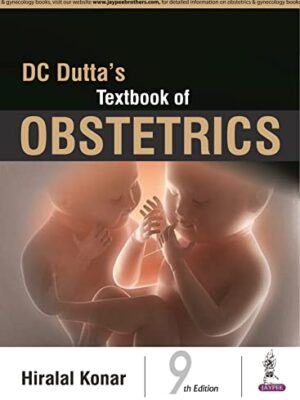
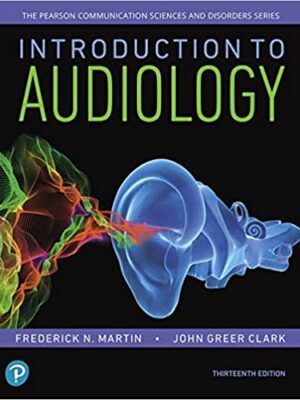



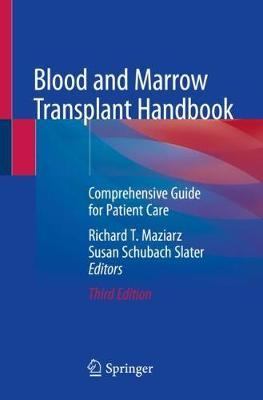
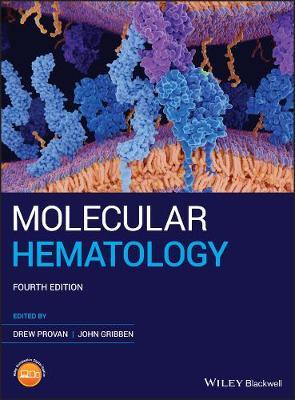
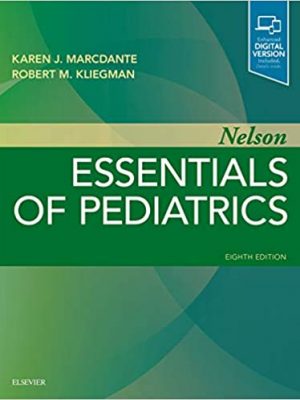
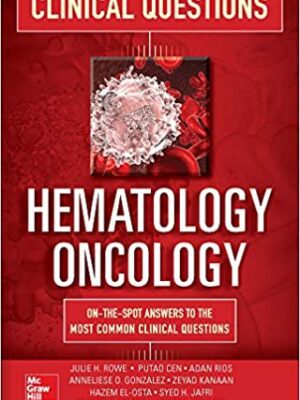
 Dentistry
Dentistry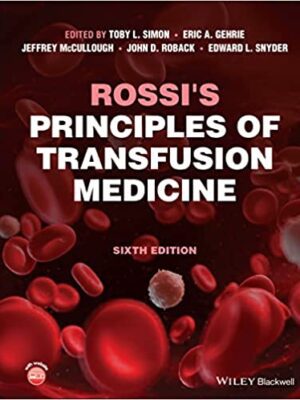
Reviews
There are no reviews yet.